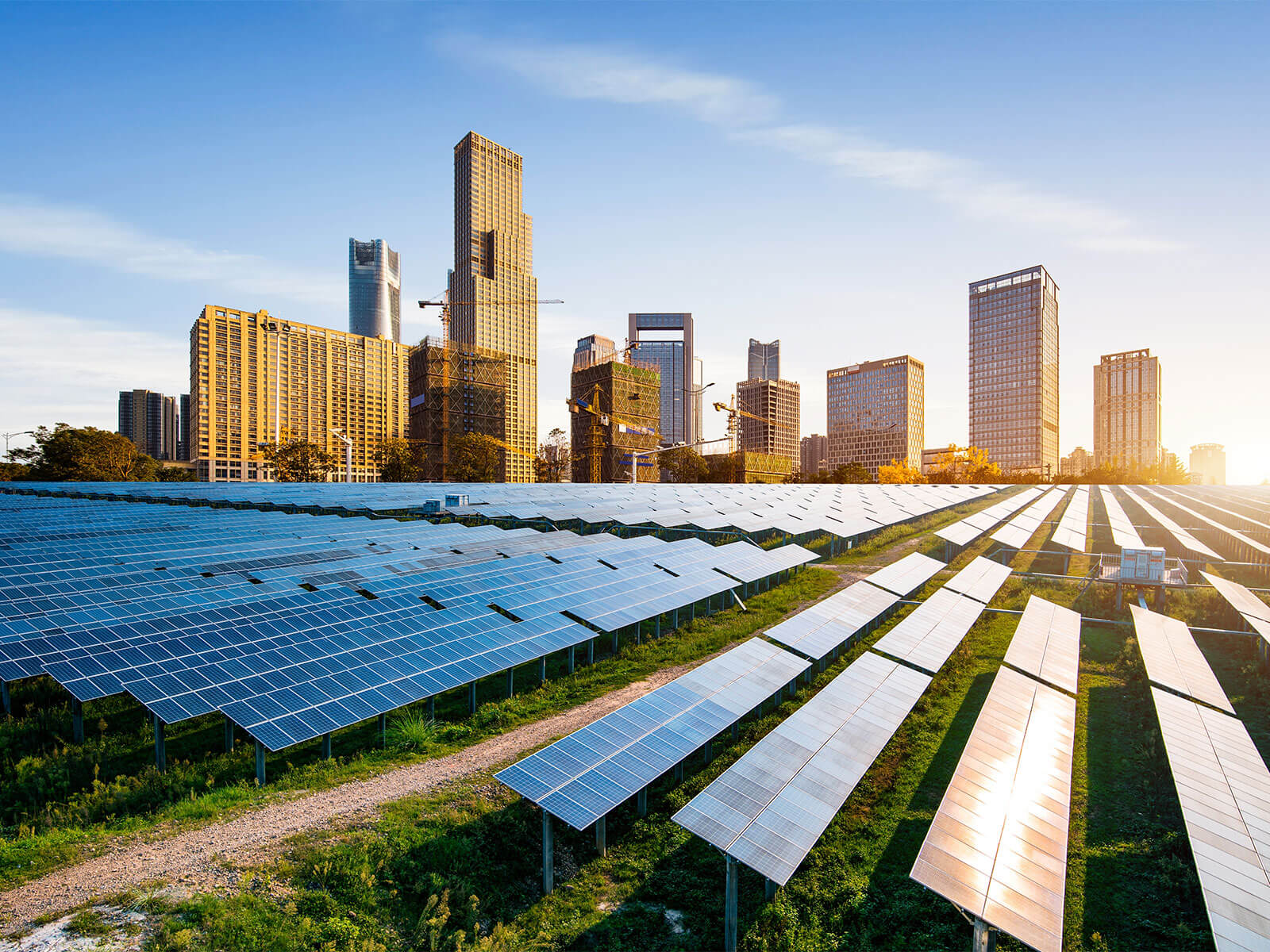Urban development has become a global priority due to overpopulation, so careful planning is essential to ensure that growth does not translate into environmental and social problems. Well-managed urban development can transform cities into centers of innovation, economic opportunity, and quality of life. Today’s cities are centers of innovation, culture, and economic opportunity. However, this rapid urban growth has also presented significant challenges in terms of sustainability and quality of life for the future. Discover some aspects of urban development that help create sustainable and innovative cities.

Urban Development
Urban development focuses on a series of planned changes and improvements to urban areas. This process is essential to satisfy the growing demands of an increasing population. Due to this population growth, the focus on sustainable urban development has gained prominence in recent years. The goal is to create cities that are socially, economically, and ecologically sustainable in the long term. Sustainability refers not only to environmental preservation but also to social equity and economic viability.
Housing and Public Spaces
Housing is the cornerstone of any community. In sustainable cities, the construction of energy-efficient and environmentally friendly housing is encouraged. This type of construction is not only focused on affordability but also on the comfort and safety of its inhabitants. As for accessible public spaces, they are intended to promote social interaction and a sense of community, for the welfare of citizens, being recreational and relaxation places.
Sustainable Design
In the case of sustainable design, using eco-friendly materials, implementing sustainable construction techniques, and conserving natural resources not only improves the life quality of residents but also reduces the negative impact on the ecosystem. Sustainable architecture seeks to create buildings that are energy efficient and make the most of natural light and ventilation. In the case of energy, it seeks to reduce consumption and reduce the carbon footprint with the implementation of technologies such as solar panels and LED lighting systems that can transform buildings into eco-friendly structures.
In sustainable design, the use of building materials such as certified wood and recycled concrete minimizes environmental impact. These materials are not only renewable, but they also reduce the need to extract natural resources.
Sustainable Mobility
Sustainable mobility has become a crucial aspect of urban development. Reducing car dependency and promoting greener transport alternatives are key objectives. This includes improving public transportation, promoting bicycle use, and implementing policies that favor walking. By improving public transport options and creating pedestrian- and bicycle-friendly infrastructure, cities can reduce traffic congestion and greenhouse gas emissions, while promoting more active and healthy lifestyles.
Green Spaces
Green spaces are fundamental to the well-being of citizens and the environment. Parks, gardens and natural areas provide an escape from the stress and noise of urban life, while contributing to local biodiversity. By preserving and expanding green spaces, cities can improve air quality, reduce pollution and create a more pleasant environment for all. In addition, these spaces are essential for the conservation of fauna and flora, promoting biodiversity and balancing urban ecosystems.
Another aspect is that many buildings include green roofs, which not only improve the energy efficiency of buildings, but also increase biodiversity in urban environments. Green roofs have become an innovative way of incorporating nature into the urban core.
Citizen Involvement
Citizen participation is fundamental to sustainable urban development. Residents must be actively involved in the decision-making process, through public consultations, community meetings and online platforms that encourage the active participation of the population in the planning and implementation of urban projects, to create cities that truly reflect the needs and desires of their inhabitants.
Integrated Technology
Technology has a crucial role to play in sustainable urban development. Smart cities leverage technology to optimize the use of resources, manage traffic, improve safety and provide more efficient public services. The Internet of Things, Artificial Intelligence, data analytics and geographic information systems are some of the technological tools used to make cities smarter and more efficient. In addition, technology is also used to develop innovative solutions in areas such as waste management, energy conservation, and air and water quality monitoring.
Technology enables real-time monitoring of air quality, water quality, and other environmental aspects. Accurate data is critical for making informed decisions and developing policies that protect the city’s natural environment.
Today, sustainable urban development is not just a goal, but a necessity. By adopting green building practices, promoting sustainable mobility, creating green spaces, and encouraging citizen participation, cities can be transformed into environments where prosperity coexists with environmental conservation. Technology integration and civic education are fundamental elements in building sustainable and vibrant cities that benefit current and future generations. The path to a sustainable urban future begins with informed decisions and collaborative action.
Sustainable urban development is a complex process that requires everyone’s collaboration and environmental awareness. It is a challenge, but also an opportunity to create a better and brighter future for all. At VYNMSA, we are working to contribute to cities of the future with a sustainable approach, offering industrial buildings that become an impulse for sustainable development. Get to know our commercial offer and contact us to support you in any doubt.